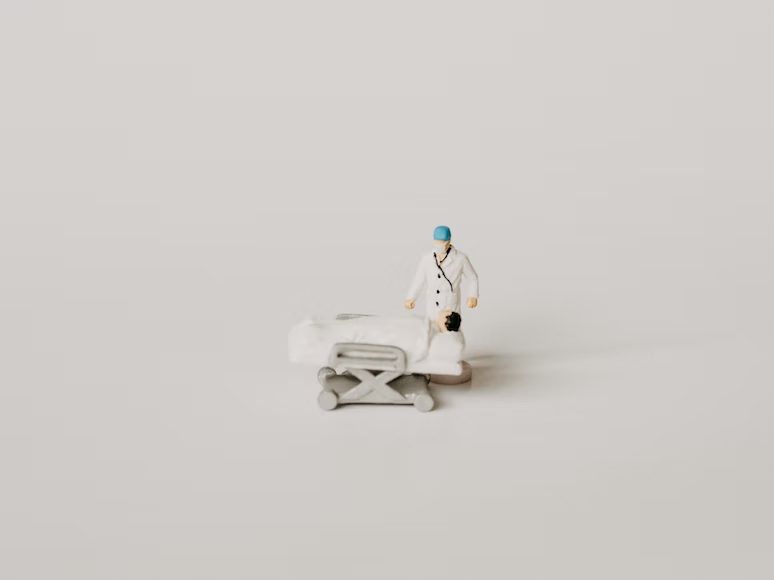An endoscopy is a medical procedure in which the inside of your body is examined in detail using a tool called an endoscope. This tool is a thin, flexible, long tube which has a tiny camera and light source on the end. The camera and light source allow for images of the inside of the body to be displayed on a television screen. The tube is inserted into a natural opening in the body, or in the case of surgery through a small incision.
What is an endoscopy used for
- Aid with surgical procedures
- Investigate certain symptoms
- A biopsy: to remove a small sample of tissue for further analysis.
Symptoms to investigate:
- Chest pain
- Vomiting blood
- Unexplained weight loss
- Difficulty swallowing
- Persistent nausea/vomiting or vomiting with blood.
- Unexplained weight loss
- Persistent abdominal pain and/or diarrhoea (with or without blood)
- Unusual vaginal bleeding or frequent miscarriages
- Blood in urine
Depending on what needs to be investigated, the method can differ:
- Gastroscopy: Gullet, stomach, of first part of small intestine.
- Colonoscopy: Bowel
- Hysteroscopy: Womb
- Cystoscopy: Bladder
- Bronchoscopy: Airways
- Laparoscopy: Keyhole surgery
What happens during an Endoscopy?
An Endoscopy is normally conducted at local hospitals. Some larger GP surgeries may also offer it. What happens before, after and during a procedure?
Before
You may be asked to refrain from eating or drinking several hours beforehand, depending on which part of the body is being examined. In addition, you may be given a laxative to help clear you bowels if you’re having a colonoscopy or your large intestine looked at.
If you take any medication to thin your blood, you may be asked to stop taking this to prevent excessive bleeding during the procedure. Only stop taking from prescribed medication if your GP or specialist advises you to do so. It may be necessary in some cases to take prescribed antibiotics to avoid any infections.
During
Whilst the procedure isn’t usually painful, people complain of mild discomfort, similar to indigestion.
It is normal to carry out an endoscopy while one is conscious. You may receive local anaesthetic on a specific area of the body to numb it in the form of a lozenge or spray to numb the throat, for example.
You may be offered a sedative to make you feel less aware of what is going on, to help you relax – some people find it extremely difficult to relax in during the procedure!
Depending on the area of concern, the endoscope will be inserted with care into either the:
- Throat
- Anus
- Urethra
If you are having an endoscopy as part of key-hole surgery, it will be inserted into a small incision in your skin created by your surgeon.
Depending on what the endoscopy is being used for, the time it takes can be between 15 and 60 minutes.
After
An endoscopy is usually done on an outpatient basis, meaning there would be no need to stay the night in hospital. However, rest is necessary and you’ll probably require at least an hour to get back to normal after the effects of the anaesthetic or sedative. Make sure, if you have a sedative, that a friend or family member can take you home.
If you have an examination done on your bladder (cystoscopy), you may experience blood in your urine for 24 hours afterwards.
Possible complications after can include:
- Shortness of breath
- Severe abdominal pain
- Chest pain
- Vomiting blood
- Black or very-dark stools.
The risks of an endoscopy
While being a safe procedure, there are risks attached – albeit low risks.
- Infection in the part of the body was used to look at
- Tearing or piercing of an internal organ – this may require surgery to repair, and in some cases a blood transfusion.
- Risks of sedation; feeling or being sick, low blood pressure, irregular heart beat, breathing difficulties, burning at the site of the injections, saliva falling into the lungs.

